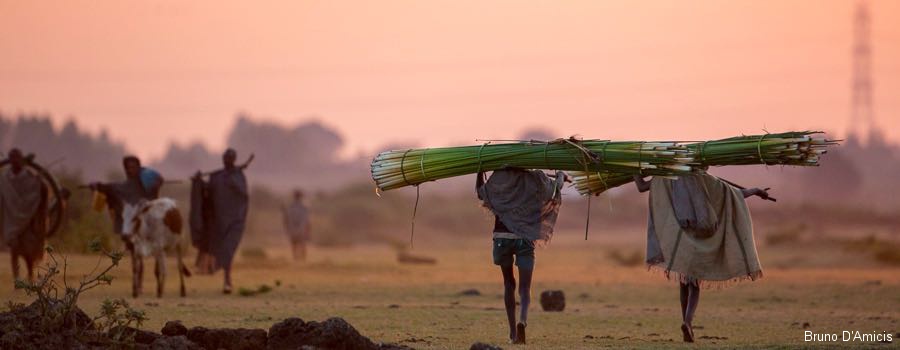
When to visit
Ethiopia is one of the few places in the world that can proudly boast of 13 months of sunshine a year. This is because the Julian calendar is used in Ethiopia, which has 13 months, one more than the Gregorian calendar that is used in the West. In Ethiopia the sun is likely to shine on almost every day of the year, even in the rainy season, so Lake Tana can be enjoyed all year round.
The rainy season falls between mid-May and September, so a visit to Lake Tana is particularly recommended in early October, when the lake is at its fullest, the vegetation it’s most lush and the Tis Isat Falls at their most spectacular. The Ethiopian winter is also a great time for bird watching as the resident species are supplemented with large numbers of migrating birds.
Festivals
Festivals are celebrated colourfully in the future biosphere reserve. St. George’s monastery is the most important church and the centr of many of the celebrations in Bahir Dar. Two of the most vibrant festivals in Ethiopia are Timket on 19th January and Meskel on 27th September. Two other Christian holidays with large celebrations include Christmas on 7th January, and New Year celebrations on 11th September. The dates for these holidays in Ethiopia differ because of Ethiopia’s special calendar; all dates listed here are in the Gregorian calendar.
Meskel, the festival of the Finding of the True Cross, celebrates the day on which Queen Helena lit long torches in the year 326. Legend has it she was guided by the smoke to where the true cross on which Christ was crucified was buried. The celebrations in Bahir Dar are fantastic to behold – on the first day bonfires topped with crosses and flowers are lit, accompanied by the solemn singing of priests in full ceremonial dress. On the second day, feasting takes place and believers draw a cross on their foreheads with the ashes of the fire.
The festival of Timket, Ethiopian Epiphany, is an explosion of colour. It celebrates the baptism of Christ in the River Jordan by John the Baptist. The Tabots, the replicas of the ten tablets which Moses received on Mount Sinai, are carried out of each church in a procession, shaded by colourful ceremonial parasols. After praying through the night, the congregation and the Tabots are sprinkled with water in commemoration of Christ’s baptism. Some of the more fervent believers even jump into the water to renew their vows.
